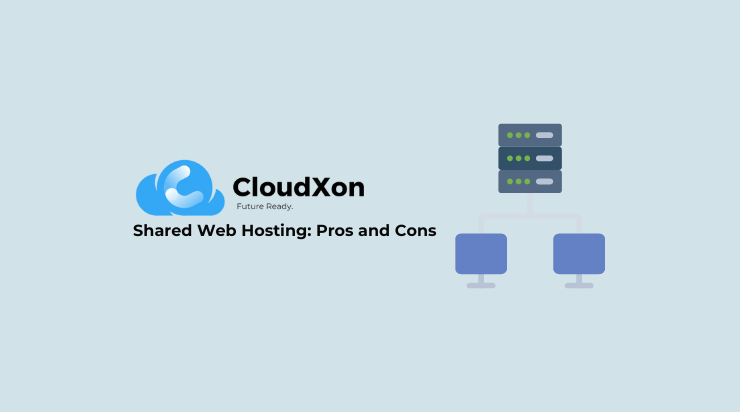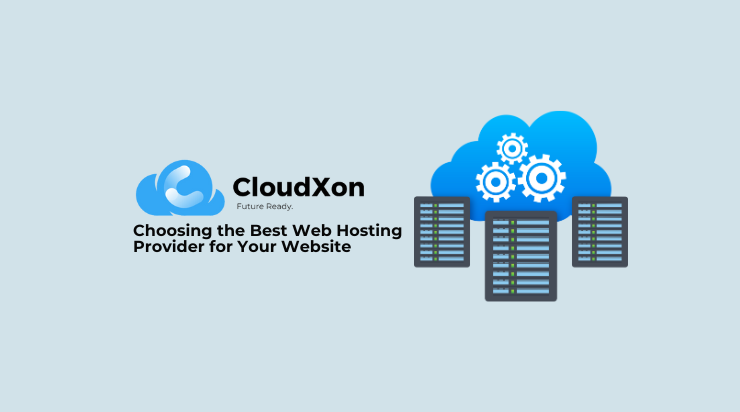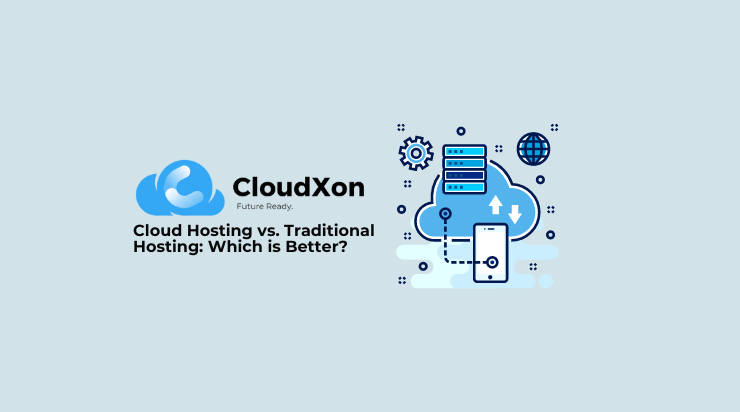In the realm of cloud computing, Platform as a Service (PaaS) stands out as a powerful tool for developers looking to streamline their application development process. PaaS offers a comprehensive platform that includes everything developers need to build, test, deploy, and manage applications without the hassle of managing the underlying infrastructure. This blog post aims to provide developers with a thorough understanding of PaaS, its benefits, use cases, and best practices for leveraging this technology effectively.
What is Platform as a Service (PaaS)?
Platform as a Service (PaaS) is a cloud computing model that provides developers with a platform to develop, run, and manage applications without the complexity of building and maintaining the underlying infrastructure. PaaS offerings typically include development tools, middleware, database management systems, and other resources needed to support the entire application lifecycle.
Benefits of Platform as a Service (PaaS)
1. Faster Time to Market: PaaS accelerates the development process by providing pre-configured development environments and tools, enabling developers to focus on coding rather than infrastructure setup.
2. Cost-Effective: PaaS eliminates the need for investing in and managing infrastructure, reducing operational costs and allowing developers to pay only for the resources they use.
3. Scalability and Flexibility: PaaS platforms offer scalability to handle varying workloads and flexibility to adapt to changing business requirements.
4. Enhanced Collaboration: PaaS facilitates collaboration among development teams by providing shared development environments and tools for seamless communication and code sharing. As your business grows, so do your needs. CloudXon offers scalable solutions that can seamlessly adapt to your evolving requirements. Whether you need to expand your storage capacity or increase computing power, we’ve got you covered.
Use Cases of Platform as a Service (PaaS)
1. Web Application Development: PaaS is ideal for developing web applications as it provides a ready-to-use platform with built-in tools for web development.
2. Mobile App Development: PaaS platforms offer mobile backend services, SDKs, and tools to simplify the development of mobile applications.
3. IoT Application Development: PaaS supports the development of IoT applications by providing connectivity, data management, and analytics services.
4. Big Data Analytics: PaaS platforms offer tools and services for processing and analyzing large volumes of data, making it easier for developers to build data-driven applications.
Best Practices for Leveraging Platform as a Service (PaaS)
1. Understand Your Requirements: Before choosing a PaaS provider, assess your application requirements, scalability needs, security concerns, and budget constraints.
2. Security and Compliance: Ensure that the PaaS platform complies with industry standards and regulations to protect your data and applications.
3. Vendor Lock-In: Evaluate the portability of your applications and data in case you need to switch PaaS providers in the future.
4. Monitoring and Optimization: Implement monitoring tools to track application performance, resource utilization, and costs, and optimize your applications for efficiency.
In conclusion:
Platform as a Service (PaaS) offers developers a powerful platform to build, deploy, and manage applications with ease. By understanding the benefits, use cases, and best practices of PaaS, developers can harness the full potential of this technology to accelerate their development process, reduce costs, and drive innovation in their organizations. Embracing PaaS can be a game-changer for developers looking to stay ahead in today’s fast-paced digital landscape.
Discover Your Ideal Hosting Solution with CloudXon
Ready to choose your hosting plan? Contact us today to discuss your hosting requirements and find the perfect solution for your website.




